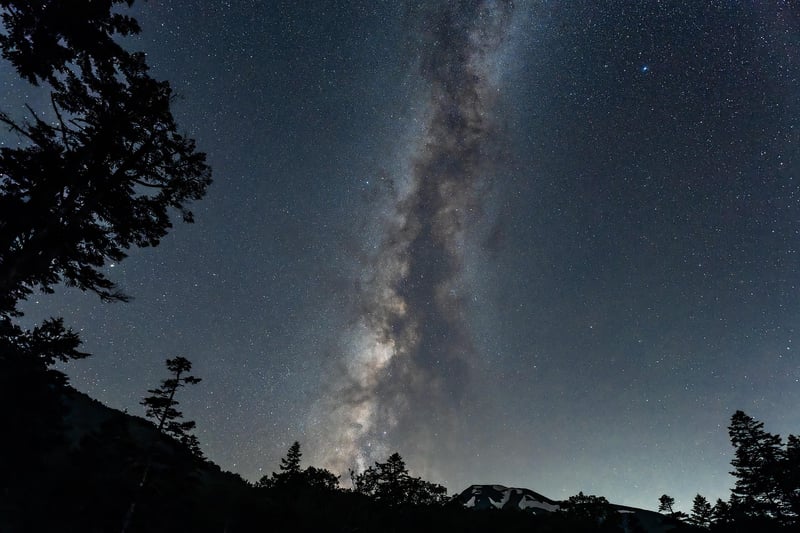Observe Black Holes
Exploring the Wonders of the Universe: Observing Black Holes
As we gaze up at the night sky, we are met with the awe-inspiring beauty and mysteries of the universe. From twinkling stars to colorful nebulae, the cosmos never fails to captivate our imagination. One of the most enigmatic phenomena in the universe is the black hole.
What are Black Holes?
Black holes are regions in space where gravity is so strong that nothing, not even light, can escape from its grasp. They are formed when massive stars collapse under their gravity, creating a singularity with infinite density at the center.
How to Observe Black Holes
Despite their mysterious nature, scientists have developed various methods to observe black holes indirectly. One common technique is to study the effects of black holes on nearby objects, such as stars and gas clouds. By observing the way these objects interact with the black hole, scientists can infer its presence and properties.
1. X-ray Observations
Black holes emit X-rays when surrounding matter is heated to extreme temperatures as it spirals into the black hole's event horizon. X-ray telescopes in space, such as NASA's Chandra X-ray Observatory, have been crucial in detecting these emissions and studying black hole systems.
2. Gravitational Lensing
Another method to observe black holes is through gravitational lensing, where the intense gravity of a black hole bends and distorts light from objects behind it. This bending of light can reveal the presence of a black hole and provide insights into its mass and size.
Exploring the Unknown
Black holes continue to fascinate and challenge our understanding of the universe. By studying these cosmic enigmas, scientists hope to unlock the secrets of gravity, spacetime, and the fundamental laws of physics.
So, the next time you look up at the starry sky, remember that hidden among the countless celestial bodies are black holes, mysterious portals to the unknown depths of the universe.

Image Source: Pixabay
